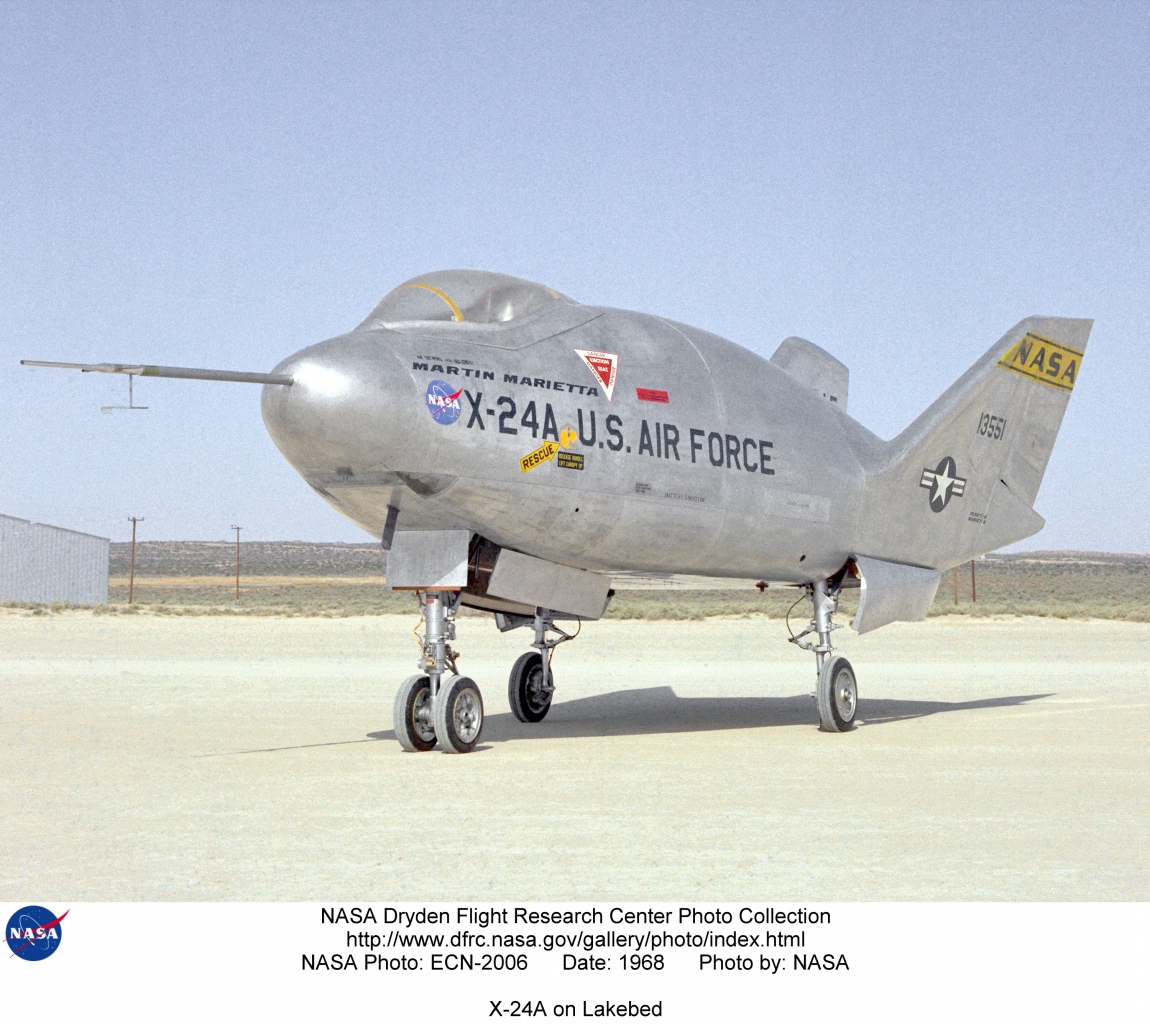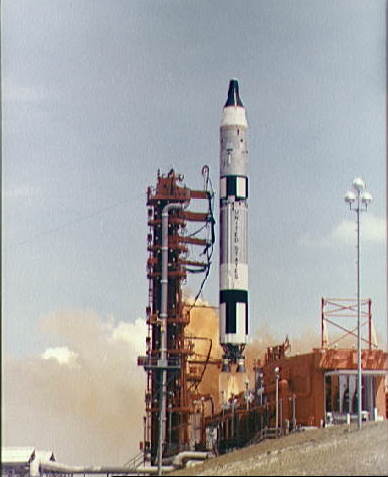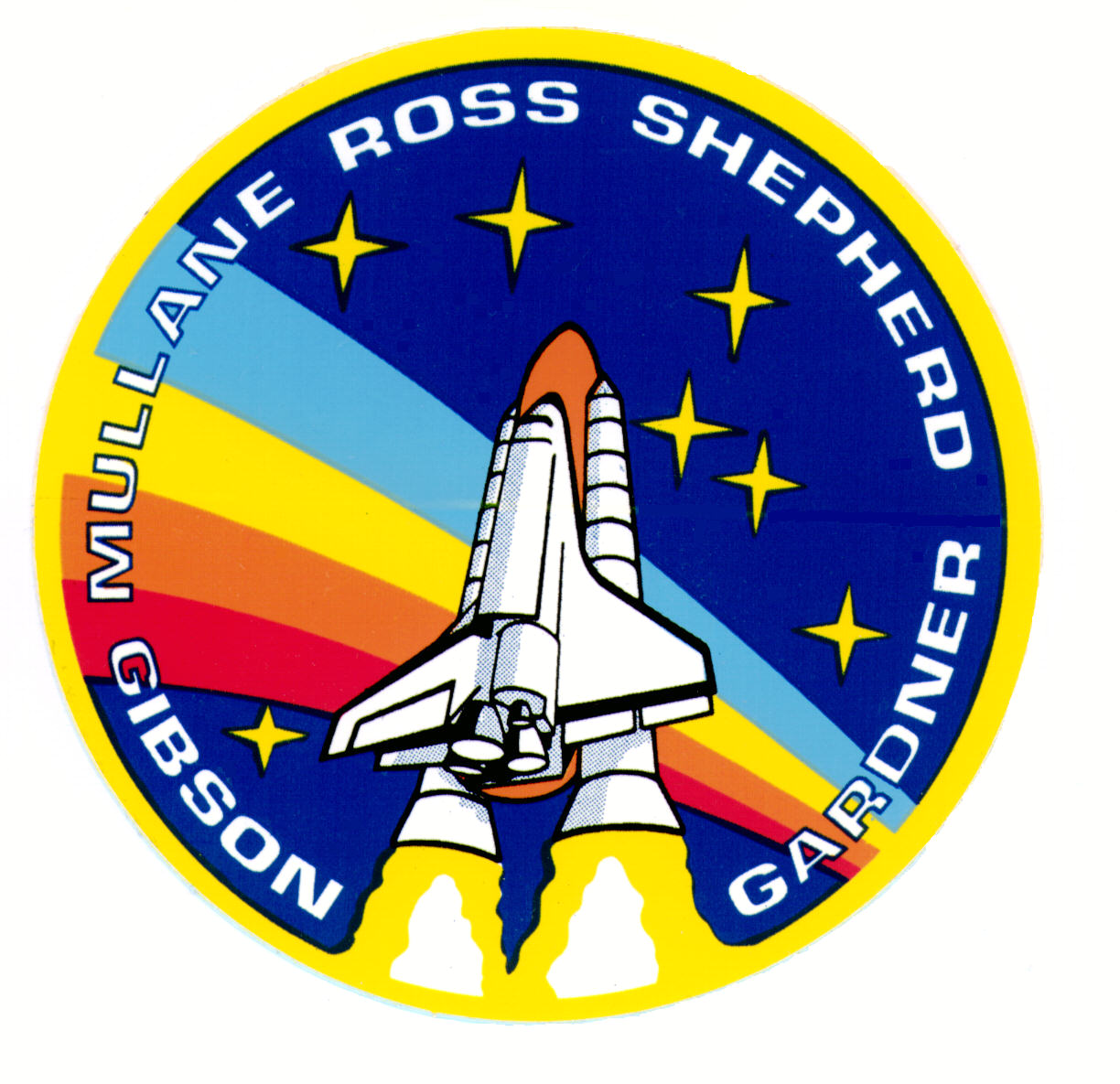I didn’t attend the local “Tax Day Tea Party” in Raleigh; yesterday being a work day, I worked. My “Tea Party” event consisted of going to the bank to transfer money to cover the check I’d just written to the IRS for my estimated tax payment. I think there may be some irony in that.
My opinion on taxes is readily available to anyone who wants to read it: The Anti-Candidate Position on TAXES. And last month I posted a series of blog entries with some oddball tax ideas. But this post is less about taxes themselves and more about the demonstrations yesterday.
I followed some of the chatter on Twitter*, and from my observation it fell into several categories:
- Questioning the rationale, since the original Boston Tea Party was about “taxation without representation” and what we have is taxation with representation
- Conviction that the “vast right-wing conspiracy” was behind what appeared to me to be as grassroots a movement as any
- Opposition to the very notion of demonstrations against paying duly enacted taxes … by people who presumably would support demonstrations against other things
- Annoyance with the movement as a whole, for a variety of reasons
- The appearance of hypocrisy among conservatives, who did not object loudly enough when the former President reacted to the collapse of the housing bubble
- The unfortunate antics of a few whack jobs among what were otherwise normal people
- Apparent ingratitude over the token “tax cut” expected for some ludicrously high percentage of the population
Let me address that last one, the one that says we should shut up and be happy with a few hundred dollars parceled out in monthly installments by reduced withholding. So happy that we should ignore the thousands of dollars’ worth of debt the government has created in each of our names, debt that would take years to work off but that we appear to have no intention of ever clearing. And, so happy that we should ignore every other increased tax and fee that has come and will come down the pike.
As I told my best friend** tonight on the phone, the idea that I should be happy about a small tax cut when faced with a huge increase in debt is like telling me I need to sprint the distance of a marathon. That tax cut will evaporate quicker than gasoline, and whatever boost it gives will be gone in an instant. But the race is a long one. We need to be preparing for the long race.
And fiscal conservatism — limited government spending supported by sufficient but minimal levies — and free-market creation of private sector wealth are the keys to running the economic marathon.
So in the absence of the kind of leadership that will return us to the principles that encourage hard work, thrift, and prosperity, a few hard-working and thrifty citizens gathered in public squares to call attention to their belief that government takes too much out of their pockets and is bent on spending even more than it takes. Most of them did not protest by refusing to pay; they demonstrated and called attention to the problem, and mostly in dignified and respectful manner.
I salute them.
___
*Follow me at http://twitter.com/GrayRinehart
**Follow him at http://twitter.com/Dragon464



 by
by 













